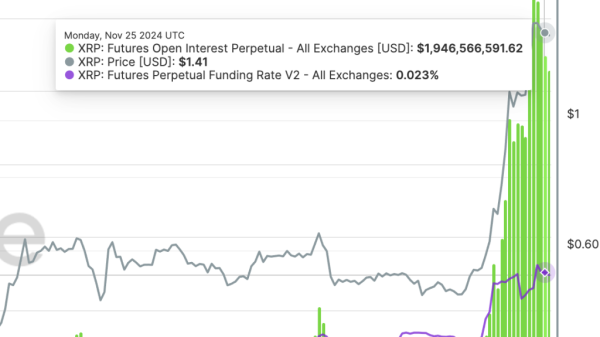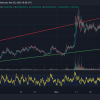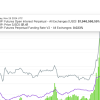As the key barometers of the UK’s financial market, FTSE 100 and FTSE 250 invariably create ripples of buzz when they rise or fall. As the trading waters seemed to calm momentarily in the past few weeks, the indices rose splendidly offering signs of recovery and optimism.
The banking industry seemed to take the lead, spearheading the upward movement. HSBC Holdings PLC alone surged by 2%, stirred by investment news and the surfacing optimism in the economic recovery. Besides, the British multinational investment bank Barclays also rallied by 1.7%. These gains are significant indicators and promoters of momentum in the broader financial market – making their direction critical for keen market watchers.
It is interesting to note, however, despite the impressive overall climb, not all players enjoyed the same positive trajectory. The mining sector, for instance, experienced some depression due to the decrease in iron ore prices. The Anglo-Australian multinational firm, Rio Tinto, dipped by 1% whilst BHP Group fell by 1.3%, casting a slight shadow over the brightly lit horizon.
Similarly, travelling with a slightly less favourable wind, International Airlines Group and EasyJet PLC also saw their stocks facing some downtrend. Despite the easing of travel restrictions in the UK, something you would think should whet investors’ appetite, the situation continues to be marred by uncertainty. Given the increase in Covid cases across Europe and the production problems faced by AstraZeneca, travel stocks have been facing turbulent times.
Another cause for surprise was the automotive industry. Car manufacturing stalwart Ford, facing low trading volumes, fell by 1%. The automaker has been grappling with a worldwide semi-conductor shortage, which has bottlenecked production, and with it the influx of new investments.
FTSE 250, however, continued reaching for the stars. It enjoyed a promising rise, driven by individual success stories like Oxford Instruments, whose shares rocketed 17% higher, based on reports of a strong annual performance on the back of high demand. The equipment manufacturing company’s buoyance had a contagion effect on the index as it broke its barriers and continued the ascent.
In an unprecedented move, the Office for National Statistics ventured past the traditional monthly retail sales data and instead disclosed a three-month rolling average. This paints a more realistic picture of the consumer market, providing better insight into the purchasing habits and consumption patterns among UK’s customers.
The Bank of England maintained key interest rates at 0.1% while accelerating its asset purchase target. The central bank’s move reinforces economic support against the backdrop of bleak global economic facets and inadvertently underlines investors’ confidence in the economic recovery.
As we move forward, these changes provide a solid basis and plenty for economists to ponder over. The rise and fall of each sector not only recaps past performance but also heralds future predictions and strategies for investors.
Overall, it is encouraging to see green amid the stock market landscape. Regardless of unequal growth across sectors, the upward momentum confirms that recovery is on the horizon, and the market continues to adapt to the new normal, making these recent events a significant marker in the ongoing narrative of the UK’s financial market.






























